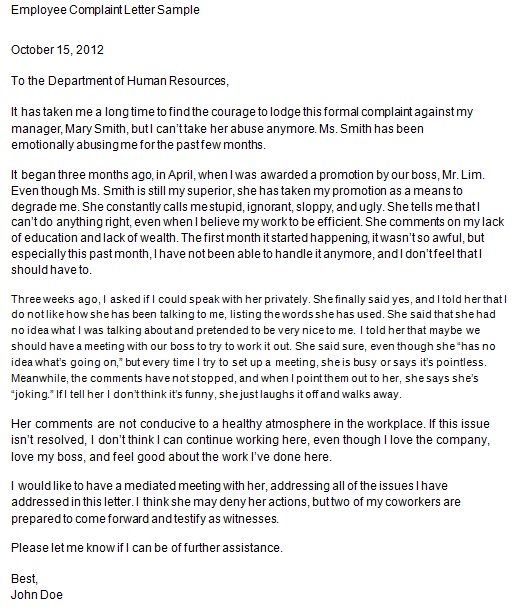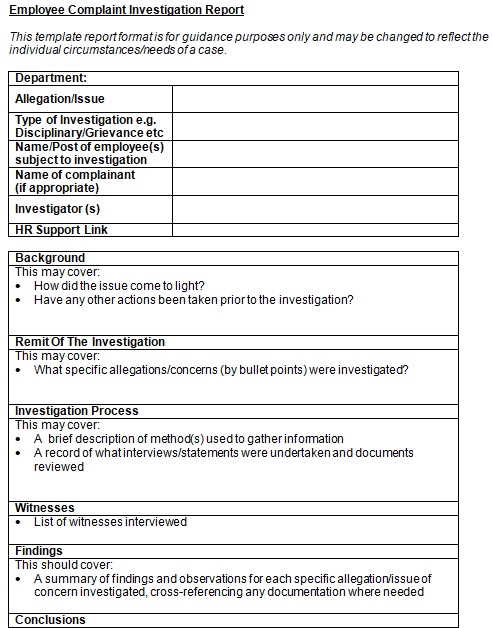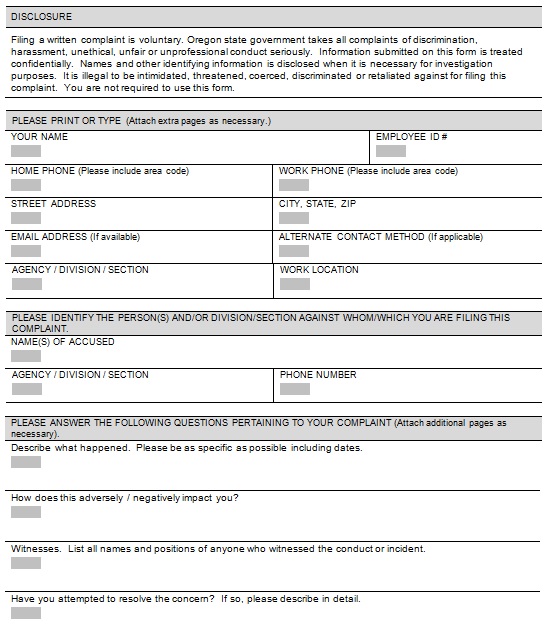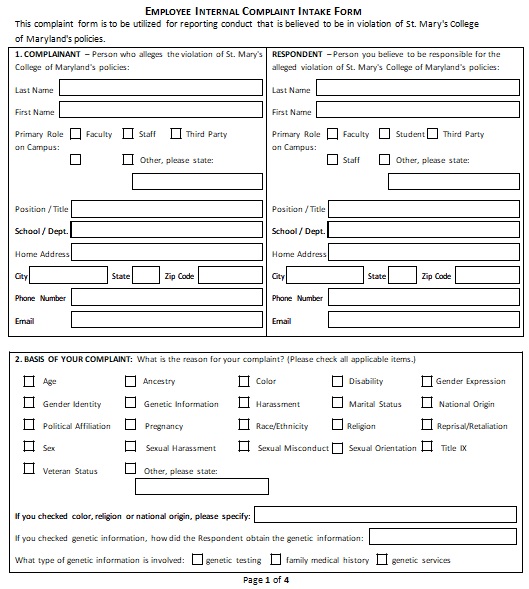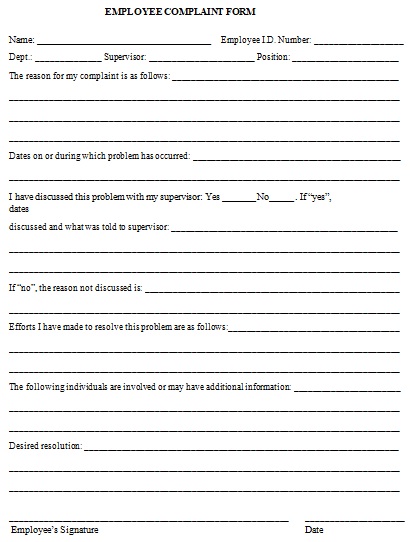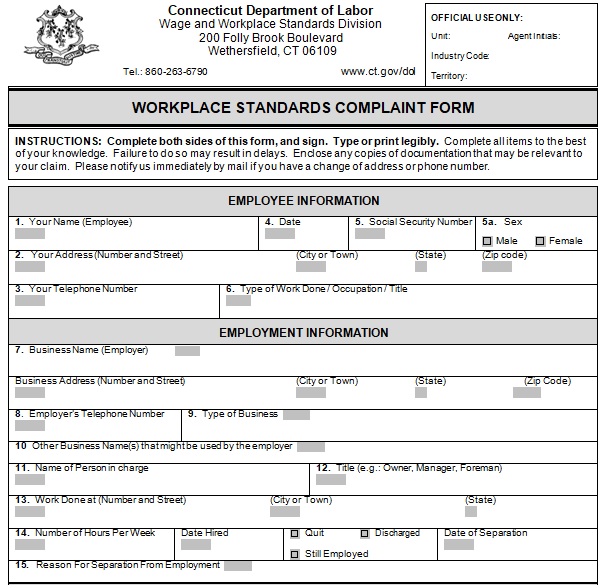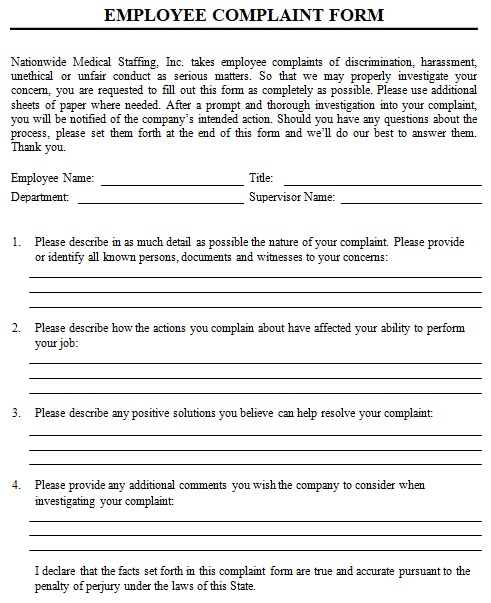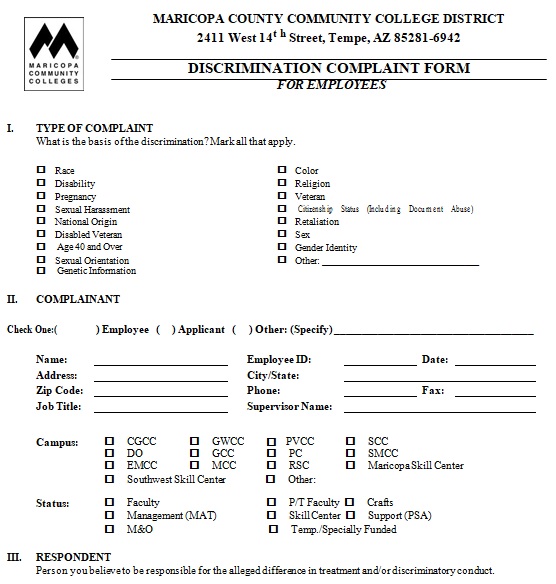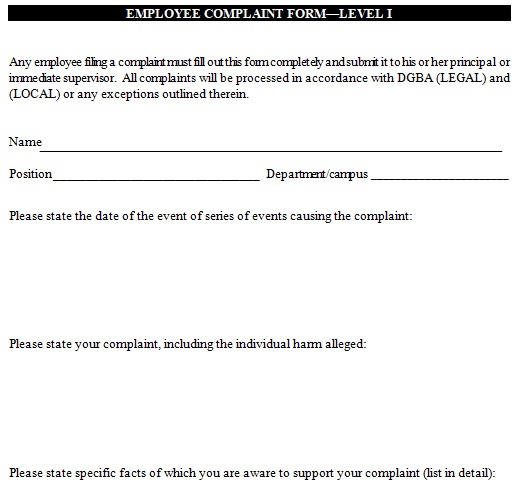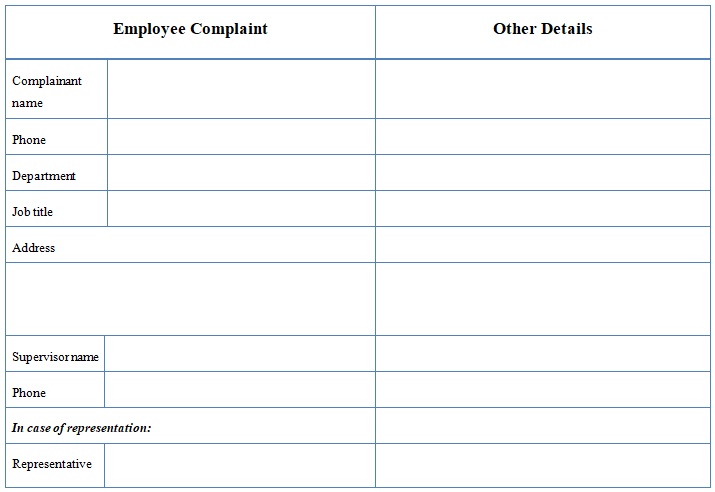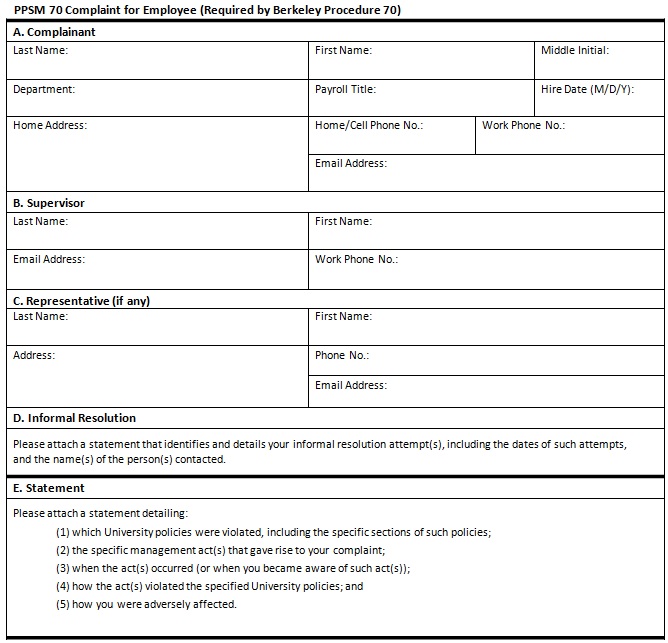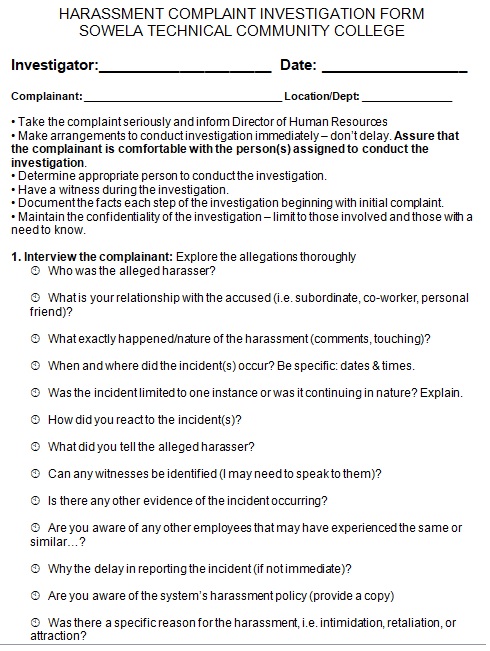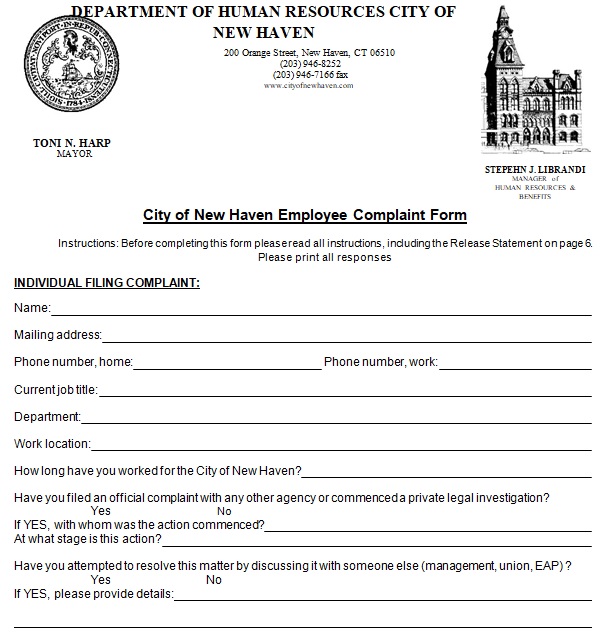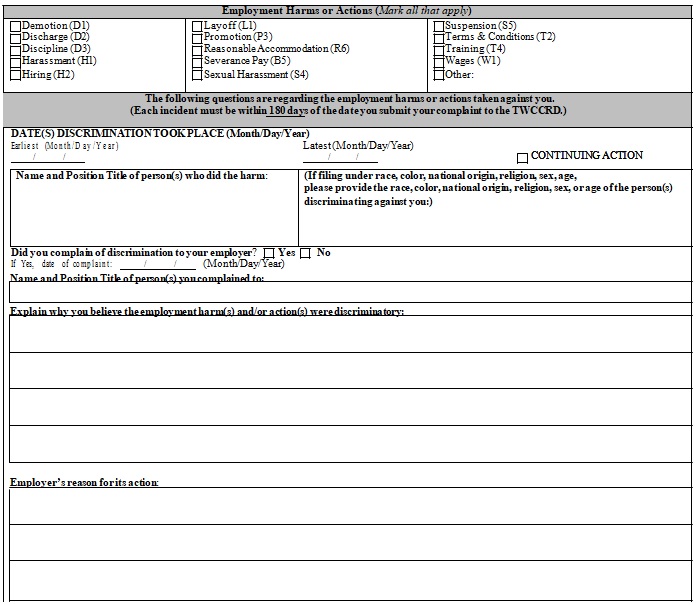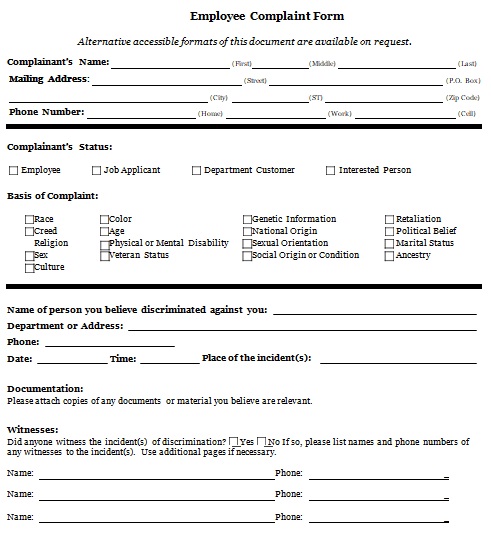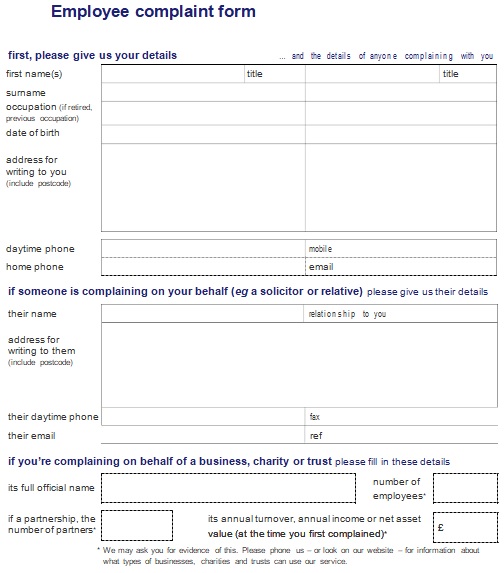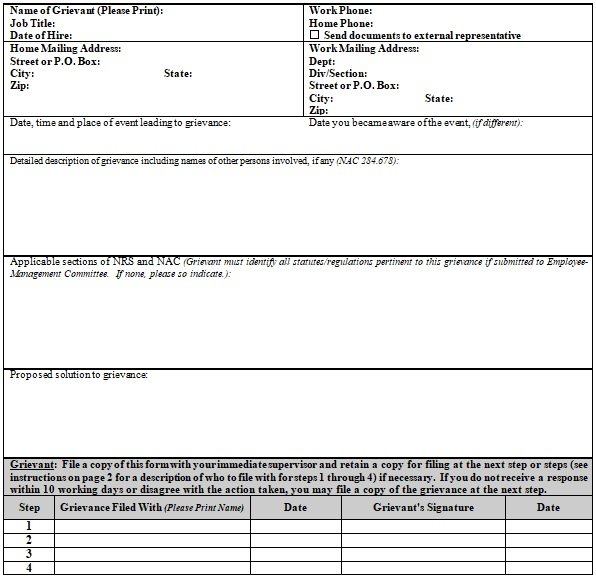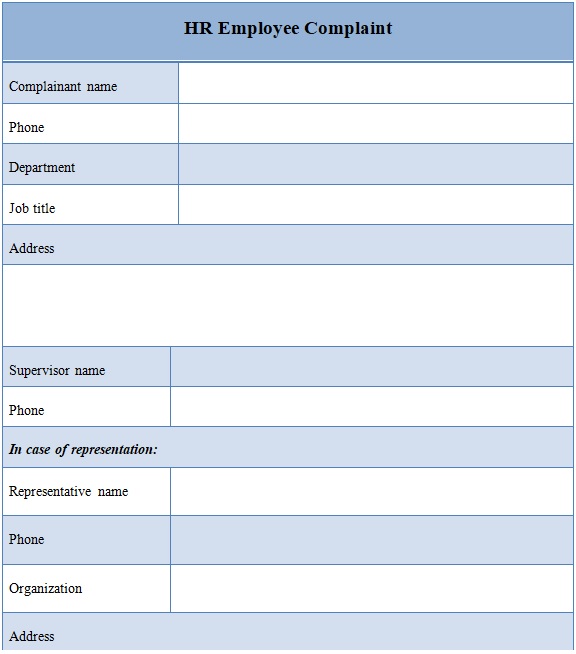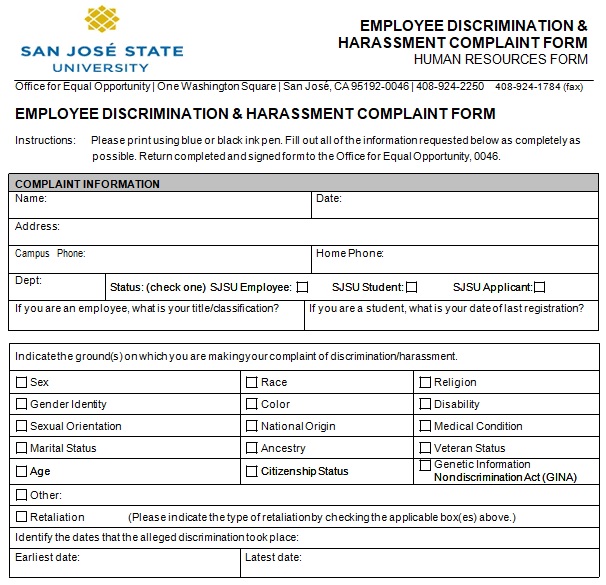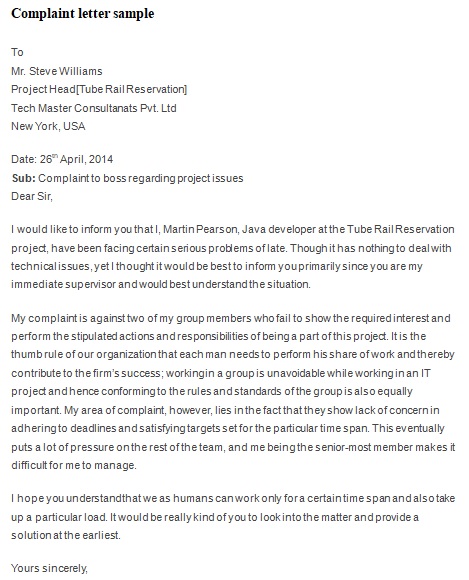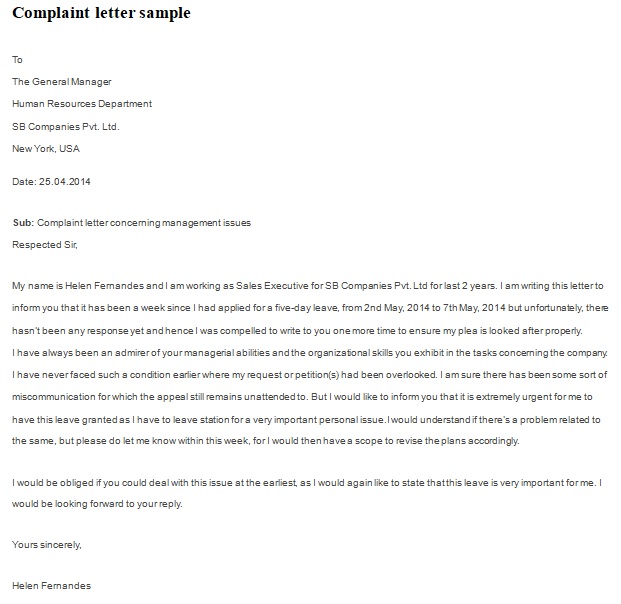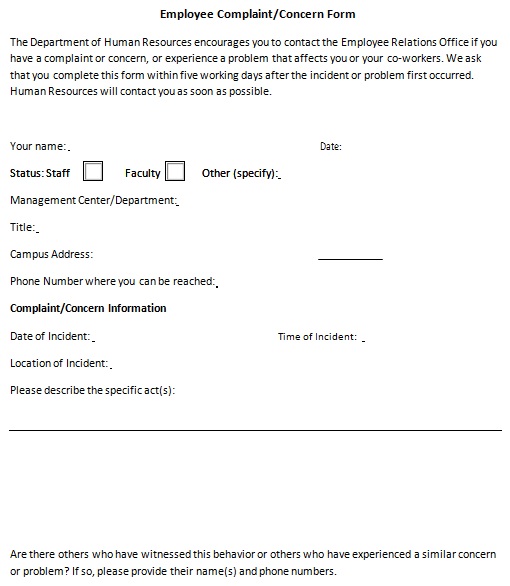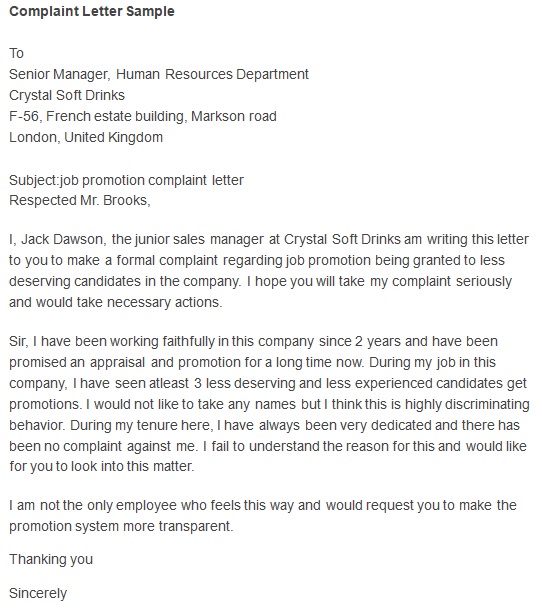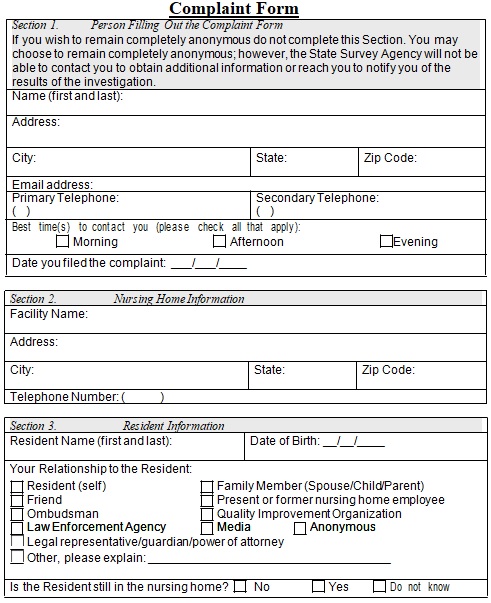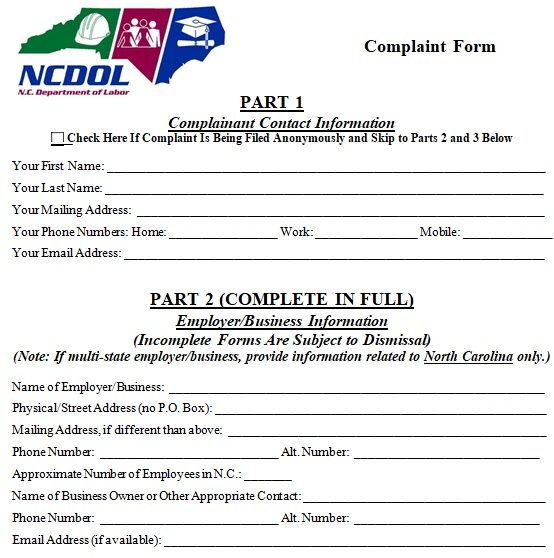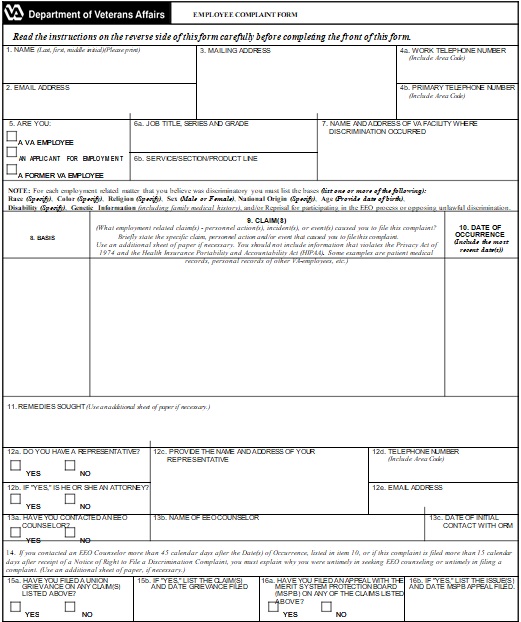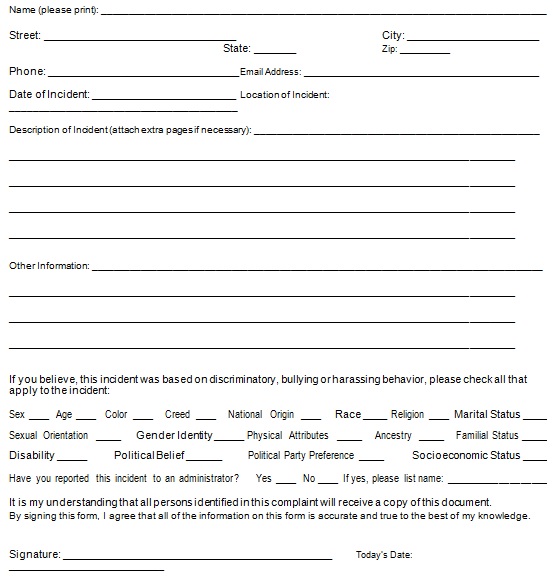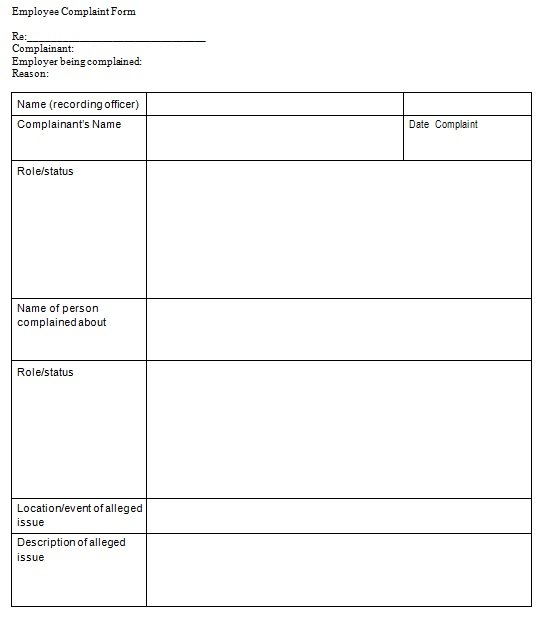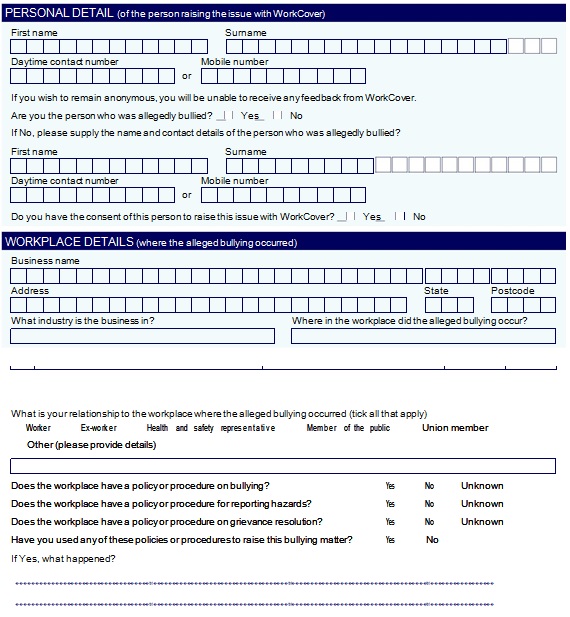An employee complaint form template is useful at the workplace to document and submit the grievances. The employee complaint form can be helpful to submit any complaint like inappropriate attitude or unlawful policies. Thus, the purpose of employee this form is to provide a standard structure to formally report the complaints.
So, the human resource department and employer use this form to understand and eliminate the issue by using a systematic process. Further, it works as an important HR document to collect and document the written reports of workplace violence.
Although, a simple complaint box is fixed at the workplace to drop the suggestions, feedback, and complaints. However, the employee uses very informal and varying structures to write such documents. Thus, it becomes challenging for HR personnel to file such documents. Further, the HR audit didn’t accept this approach as an effective step to stop workplace violence. You may also like the Employee Warning Notice Form.
Similarly, developed companies have generated a proper employee form document. That remains available with the complaint box or in standard forms of employee. Thus, the employee can simply use the structured complaint document to write on. So, it becomes formal and systematic for HR staff to proceed to work on eliminating workplace violence. You should also check Employee Write up Form.
Table of Contents
- 1 What is the employee complaint form?
- 2 What are the common types of employee complaint forms?
- 3 Why use the Employee Complaint Form?
- 4 What to do if your employer violates the law?
- 5 What do you respond when an employee file a complaint?
- 6 What are the reasons to file an employee complaint form?
- 7 How to handle discrimination in the workplace?
- 8 Elements of Employee Complaint Form
- 9 How to write an effective complaint letter?
- 10 Faqs (Frequently Asked Questions)
What is the employee complaint form?
An employee complaint form is a document that permits an employee to submit a complaint concerning inappropriate or illegal misconduct witnessed in the workplace. This form gives a method for enough collection and documentation of workplace violations. There are various reasons for an employee to file a formal complaint. It may be against a colleague or an individual in a supervisory position.
What are the common types of employee complaint forms?
Here are the common types of employee complaint forms;
Civil service employee complaint form
As its name implies, it is for the workers of the federal or state governments in various capacities.
Covered employee complaint form
A covered employee complaint form can be used by people who have been employed on the basis of contractual or permanent terms.
Employee behavior complaint form
In a workplace, this type of form can be used by anyone who wants to file a complaint regarding a colleague or immediate boss’s behavior.
Employee complaint concern form
People use this type of complaint form to file complaints regarding aspects like inappropriate environments at the workplace, etc.
Employee complaint investigation form
The main purpose of this form is to ask relevant authorities to launch formal inquiries regarding a disturbing occurrence.
Employee internal complaint form
This type of complaint form is used to complain about an issue that took place within a certain department.
Why use the Employee Complaint Form?
The employee complaint document can be used for many reasons. Although, some companies have different suggestions and feedback forms. While some companies use the complaint form with a type section to mark for complaints or feedback as the standard form.
So, the complaint form can be submitted for anything at the workplace. Like for the subordinate, senior, or colleague. Also, the complaint form can be about any confusing policy of the company or some unpleasant and inappropriate activity at the workplace.
The following can be the possible reasons to write and submit the complaint form at the workplace.
- Any verbal, religious, age, gender, or racial discrimination by anyone at the workplace.
- For personal harassment of any type such as offensive jokes, humiliating behavior, intimidation tactics, and inappropriate comments.
- For physical harassment including physical attack, bodily harm, direct threats, and hostile behavior.
- Cyberbullying and Psychological harassment.
- Theft, retaliation, and sexual harassment.
- You may also see the Employee Vacation Request Form.
What to do if your employer violates the law?
If your employer is violating the law, you as an employee can contact different entities dependent on the violation. You can report the situation to an internal compliance or ethics department or you can take the following formal approach;
- In case of safety issues, report to the Occupational Safety and Health Administration (OSHA).
- Report to the Local state labor department or Federal Department of Labor in case of wage or hours concerns.
- In case of Harassment and discrimination, report to Equal Employment Opportunity Commission.
What do you respond when an employee file a complaint?
There are multiple steps that you must take while responding when an employee file a complaint;
- Take suitable action regarding the complaint: You should take quick action as possible so there won’t be any future issues.
- Tell the employee making complaint what action was taken: If the complaint was against another person then there is no need to go in detail just state that it was addressed. On the other hand, if the complaint was a procedural issue then gives detail about how it was resolved.
- If the complaint was unproven then advise the making the complaint of that: This enables the employee what to do if the same situation arises in the future.
- Move on: When the complaint has been handled and the issue has resolved, move on.
- Keep the complaint in your mind: In the future, if you see the same complaint or the same person making another complaint, you may see another issue that requires to be addressed.
What are the reasons to file an employee complaint form?
There is a number of reasons that employee may be faced to file a formal complaint. It may be against a colleague or an individual in a supervisory position. Below are the common reasons to file an employee complaint;
- Discriminatory Harassment
- Personal Harassment
- Physical Harassment
- Power Harassment
- Psychological Harassment
- Cyberbullying
- Retaliation
- Sexual Harassment
- Theft
- Quid Pro Quo Sexual Harassment
- Third-Party Harassment
How to handle discrimination in the workplace?
The employer should take the following steps if an event regarding discrimination is reported;
- Before investigating, employers shouldn’t suppose the validity of a situation. You may have to face inclusive of fines and penalties if you take action before completing a full investigation.
- Employer should make sure that the employee is heard and not retaliated when an issue has been reported.
- According to the company regulations and state law, follow all pre-established procedures.
- To gather a full perspective of the situation, interview all the parties involved.
- The process should be handled privately and remain confidential.
- The employer should take appropriate action against the wrongdoer when the investigation is completed.
Elements of Employee Complaint Form
What information needs to capture using the employee complaint form template is purely relevant to the type of workplace and HR policy of the company. Being an equal opportunity employer and have a good ratio of female employees. The company needs to put personal, physical, and psychological harassment at priority.
However, an employee complaint form template must include information that inlines the use of the document with the HR policy. So, the basic information about the employee like name, designation, department, phone number, and address must be present along with the submission date.
Further, the complete information about the complaint must present in terms of date, time, location, and description of the incident. Also, it is important to include the name and signatures of the other eyewitnesses of the incident.
Moreover, the employee must include the information on any previous complaint submitted against the same person with details of actions.
How to write an effective complaint letter?
Here are some tips that will help you in writing an effective complaint letter;
- Start off gently: Manners definitely matter. The readers are more likely to give attention to gentle letters. If your letter contains any type of abuse, it is likely to be ignored and some may consider it threatening. So, be precise and consistent.
- Ask a question: You should request in the form of a question. Your question must be clear and easy to understand.
- State the problem: Firstly, indicate the reasons why you are writing a letter. The recipient must be able to get the point on reading the first sentence hence it is crucial not to beat about the bush.
- Don’t blame another person: During writing a letter, it’s crucial to remain courteous. Don’t permit your letter to become angry, sarcastic, or threatening. Keep in mind that the reader will often not be the person responsible for the problem.
- Pretend them you are in know: The best opportunity your complaint gets a fair shake is if you can convince the reader it didn’t follow its own rules or broke the law.
Faqs (Frequently Asked Questions)
The answer to this question depends on various factors. You have the right to defend yourself. But, you may not have allowed knowing whoever has filed a complaint against you because the complainant never wants to reveal their identification.
You have to file a complaint with HR within 7 days of the occurrence of an unpleasant incident.
Here are the examples of discriminatory harassment;
1- Racial harassment
2- Gender harassment
3- Religious harassment
4- Disability-based harassment
5- Sexual orientation-based harassment
6- Age-based harassment

